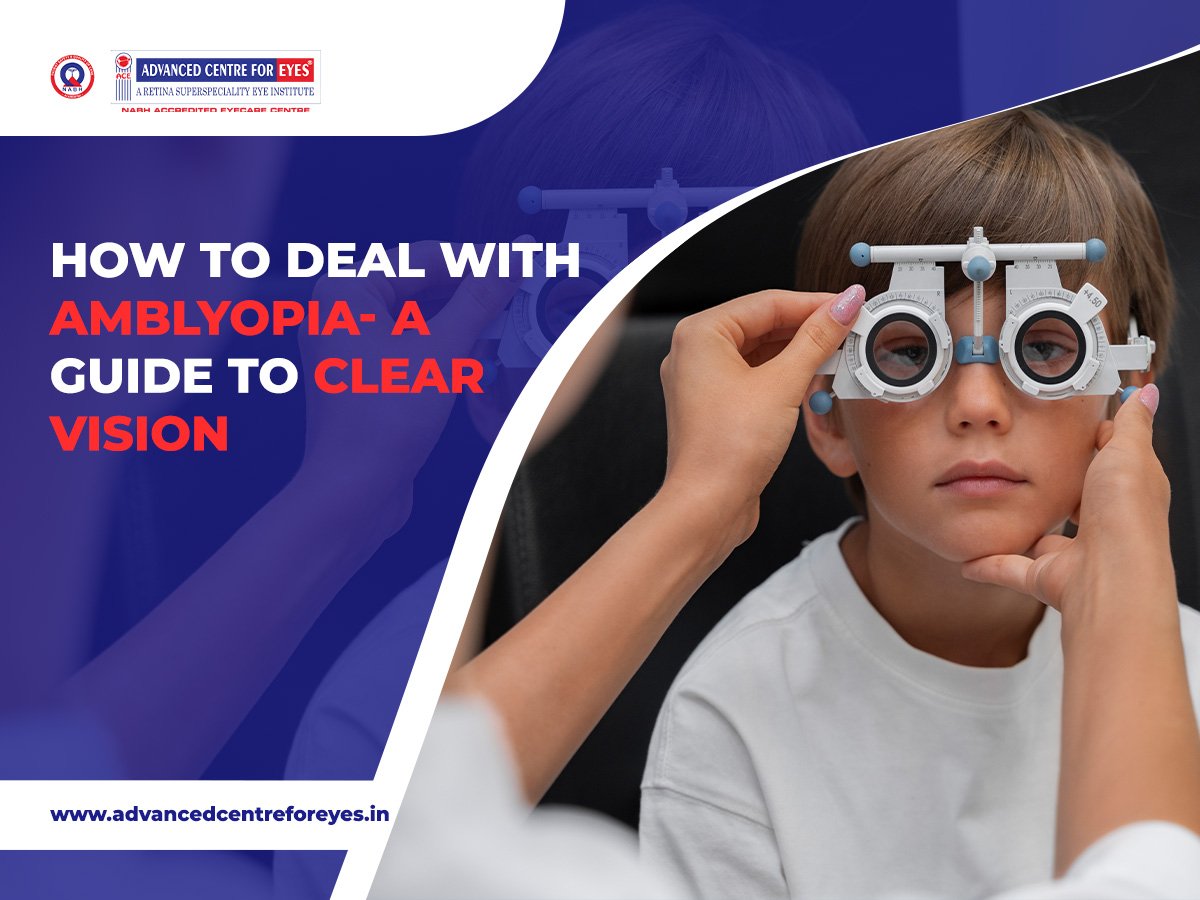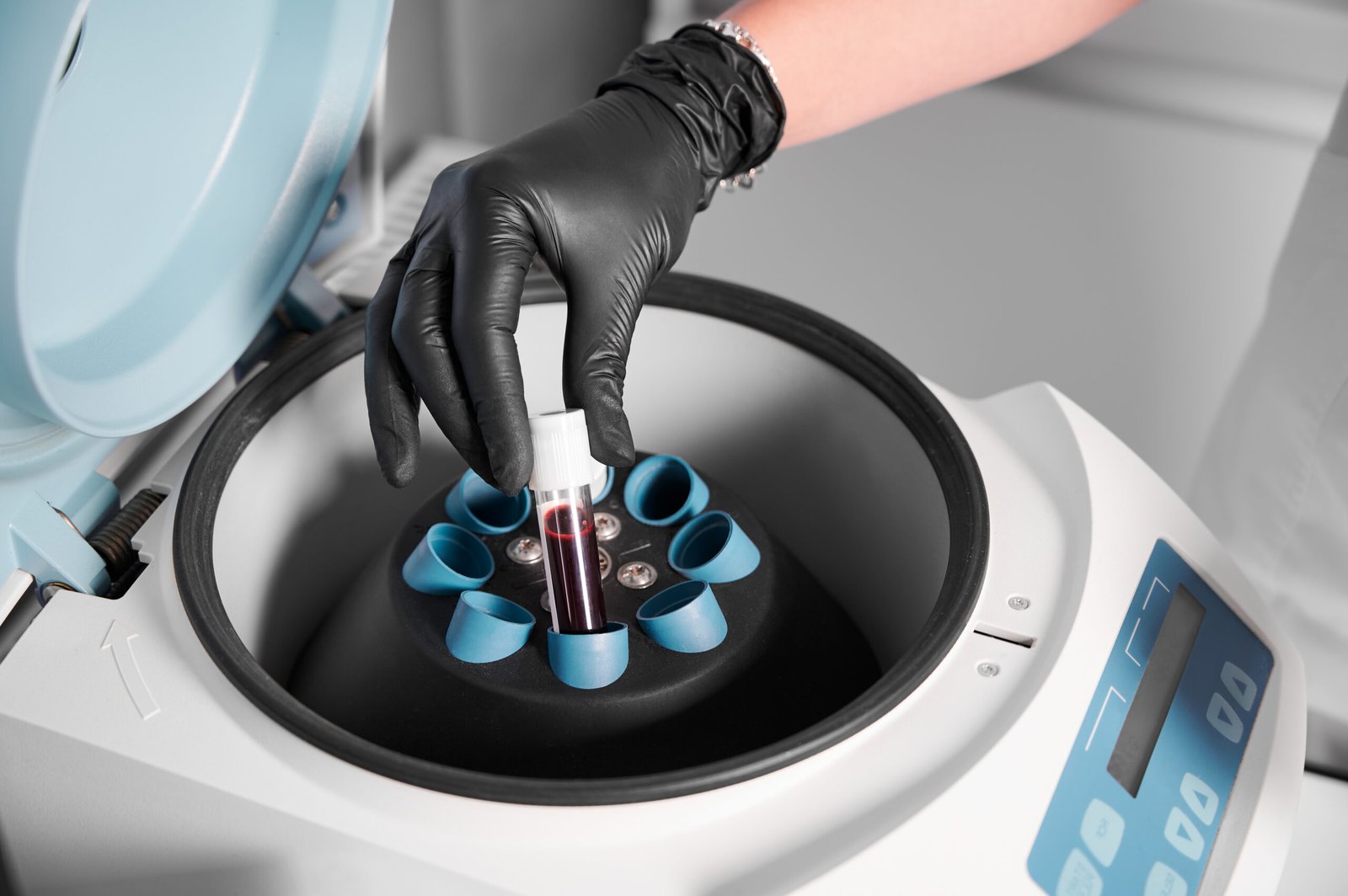Paediatric Ophthalmology, Amblyopia Therapy, Squint Surgery
- Home
- Paediatric Ophthalmology, Amblyopia Therapy, Squint Surgery
Paediatric Ophthalmology, Amblyopia Therapy, Squint Surgery
Paediatric ophthalmology is a specialized branch of eye care that focuses on diagnosing and treating eye conditions in children. Two common treatments in paediatric ophthalmology are amblyopia therapy and squint surgery.
Advantages of Amblyopia Therapy:
- Vision Improvement: Amblyopia, also known as “lazy eye,” is a condition where one eye has significantly reduced vision. Amblyopia therapy aims to improve vision in the affected eye by strengthening the visual connections between the eye and the brain. This can lead to improved visual acuity and better overall visual function.
- Binocular Vision Development: Amblyopia often results in poor binocular vision, where both eyes fail to work together effectively. Amblyopia therapy helps promote the development of binocular vision, allowing the eyes to work together harmoniously. This can have long-term benefits for depth perception and overall visual coordination.
- Prevents Permanent Vision Loss: If left untreated, amblyopia can lead to permanent vision loss in the affected eye. Early intervention through amblyopia therapy can prevent or minimize this loss and ensure better visual outcomes for the child.
Types of Amblyopia Therapy:
- Patching Therapy: This involves covering the stronger eye with a patch, which forces the child to use and strengthen the weaker eye. Patching therapy is often combined with other visual exercises to enhance the effectiveness of treatment.
- Atropine Eye Drops: Atropine eye drops are used to blur the vision in the stronger eye, similar to patching therapy. This encourages the child to use the weaker eye and stimulates visual development.
- Vision Therapy: Vision therapy includes a variety of exercises and activities designed to improve visual skills and coordination. It may involve using specialized tools, games, or computer programs to enhance visual processing and strengthen the eye-brain connection.
Advantages of Squint Surgery:
- Improved Alignment: Squint surgery, also known as strabismus surgery, aims to correct the misalignment of the eyes. By adjusting the position of the eye muscles, the surgery can help align the eyes properly, resulting in better cosmetic appearance and improved binocular vision.
- Enhanced Self-esteem: Squint surgery can have a positive impact on a child’s self-esteem and social interactions. By improving the alignment of the eyes, the surgery can help reduce self-consciousness and increase confidence.
Types of Squint Surgery:
- Adjustable Suture Surgery: This technique allows for adjustments to be made during or after the surgery to fine-tune the eye alignment. It offers greater precision and flexibility in achieving optimal results.
- Non-Adjustable Suture Surgery: In this type of surgery, the eye muscles are repositioned without the option for post-operative adjustments. The surgeon carefully measures and plans the procedure to achieve the desired alignment.





